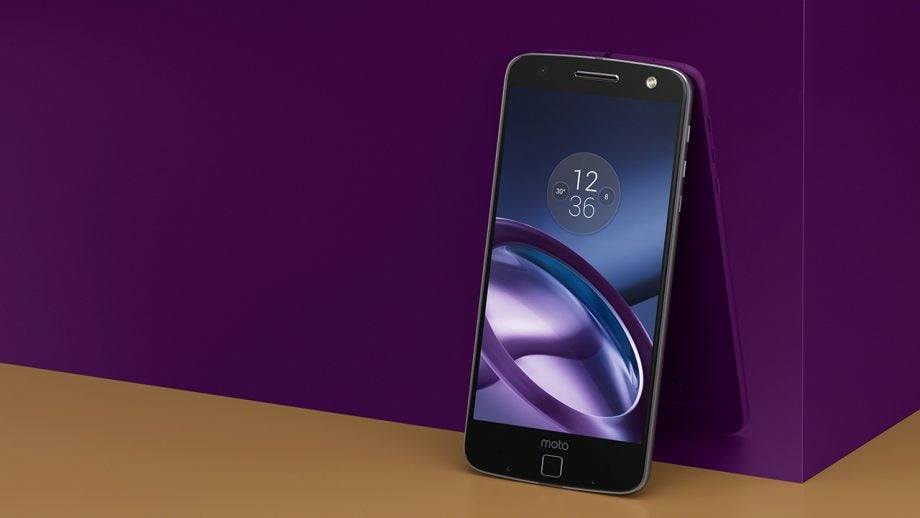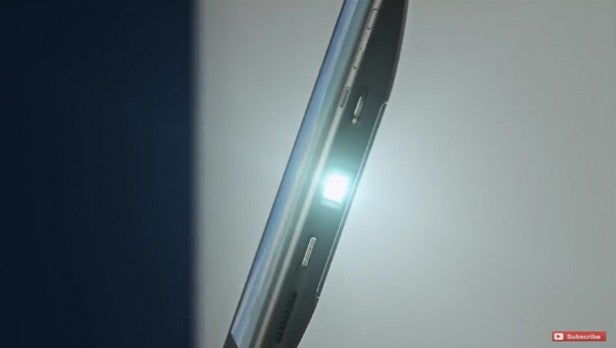Moto Z vs Moto Z Force: How are they different?

Moto Z vs Moto Z Force: Is there much to set them apart?
Well, we weren’t quite expecting this. In one fell swoop, Motorola and Lenovo have made phones interesting again. First came the Google Tango equipped Lenovo Phab Pro and then Moto showed off the Moto Z and Moto Z Force.
But what makes them so exciting? And what’s the difference? Let’s have a closer look.
WATCH: Hands-on with Moto G4 and G4 Plus
1) They’re both beautiful, powerful phones. But one is much tougher
Last year’s X series were durable, functional phones that worked well but lacked that hint of panache. The same can’t be said about the new Z series. The regular Z is ridiculously thin, one of the thinnest on the market, and made completely out of metal. The Z Force, like the Moto X Force, is much tougher and uses the brand’s ShatterShield tech to withstand drops.
They might be slim, but there’s plenty of substance inside. Both come packing Snapdragon’s 820 CPU, 4GB RAM and either 32 or 64GB of internal storage which can be expanded thanks to microSD. You’ll also get a fairly vanilla build of Android, and there’s a single (we’ll talk more on this later) USB-C port on the bottom.

On the front of each is a 5.5-inch quad-HD LCD display, making it slightly larger than the LG G5 and HTC 10, but on par with the Moto G4.
2) The Force has a bigger battery…
Two areas where the Force sets itself apart from its slimmer brother are the battery capacity and camera.
Let’s talk battery first. The Force comes packing a fairly huge 4,000 mAh cell that Motorola says should be good for 40-hours of use, while the svelte Moto Z has a more conventional 3,000 mAh cell. Both are compatible with Turbo Charging though, so you shouldn’t be attached to the mains for too long when you hit 0%.
3. …And a ‘better’ camera
In the optics department it’s 13MP on the Z vs 21MP on the Force, but both are equipped with OIS, fast laser-detection autofocus and 4K video recording. The Force also benefits from phase-detection autofocus too, which should help it lock onto your target even quicker.
Things are a little similar on the front, where both come packing 5MP cameras with a wide-angle lens for cramming all those grins into selfies.

4. MotoMods are modules done right, sorry LG
Many were impressed with the modules LG announced alongside its G5 smartphone earlier in the year, but they were fiddly and limited. You had to power off the phone and yank out the battery to switch, and then do it all over again to take them off.
Motorola’s take on the modules is way cooler, and the add-ons themselves are also much more varied.
And what’s more, they’ll be compatible with both the Moto Z and Moto Z Force.
Instead of actually becoming part of the phone, the MotoMods slide onto the back and pair with a grouping of 16-pins. That’s it. No messing about. Once they’re connected you’ll hear and noise and you’re ready to go.
Initial mods cover everything from a quirky looking JBL speaker with a built-in kickstand to an actual projector and a battery case. They sound genuinely useful, and we’re eager to take a proper look.

5. Both ditch the headphone jack, completely
Ah, the controversial point. Many were predicting the iPhone 7 would be the first mass-market phone to ditch the headphone jack, but it turns out it’s the Moto Z.
Both the Moto Z and Moto Z Force ditch the port, with users forced to pull all audio through the USB-C port. This should offer up better sound, but it’ll no doubt be an inconvenience.
Thankfully, Motorola is including a dongle in the box so you need not chuck away all your old fashioned, 3.5mm headphones just yet.
Swayed by the Moto Z or Moto Z Force? Let us know in the comments box below


